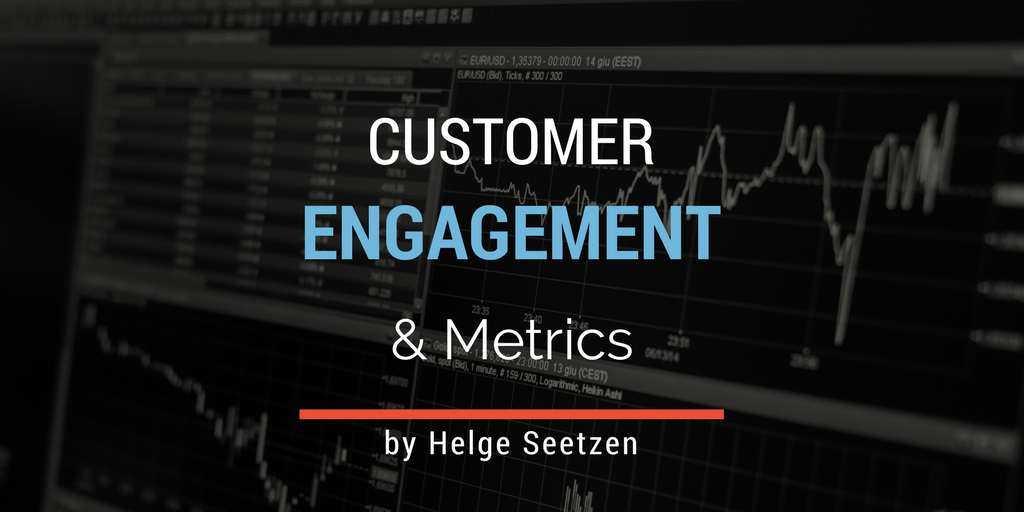As promised, here is the first detailed follow-up to the introductory post for the topic of university spin-offs versus conventional start-ups.
One of the most common recommendations for entrepreneurs is to focus on customer engagement early in their new venture. In fact, a whole set of new online nomenclature is devoted to this concept: Have an idea, put it together quickly to get customer feedback and then iterate based on good metrics. That sounds great, and is great advice when you are building a Web2.0 start-up. The problem is that most university spin-offs simply cannot make this work in the way described. First, core technology often requires considerable investment before there is anything to show, much less a product to put in front of customers. Mashing up a new way to share photos with your online friends can happen over a weekend. Developing a quantum computer, new pharmaceutical or microchip can’t.
The second problem is that the customers for university inventions are hard to approach and even harder to assess. Not only do you have to physically move around prototypes, your “customers” will likely be executives of large corporations. Even if you can get to them, there is an inherent bias in the responses that you will get. A Web2.0 user might like or dislike your product but won’t ever be a competitor to you. When you are commercialising core technology, you will constantly be faced with customers who are at the same time competitors. Worse, a lot of university innovation is disruptive, so the bias can be extremely strong.
I have experienced the impact of this problem more times than I can count. I remember introducing our idea of putting controlled LEDs behind an LCD to create a new type of high contrast display. My very first audience question after the talk, in front of hundreds of industry veterans, came from a senior executive of a large consumer electronics company: “This concept is not viable for the consumer market at all for several reasons”. He then went on to enumerate a number of reasons that were challenging to validate for us at the time but sounded intuitively believable (e.g. internal cost of manufacturing pick & place operations, etc.). Less than two years later, that same company introduced the first commercial LED-based LCD display – a product that beyond any doubt was under active development during the time of my talk. Fortunately we applied the right filter to this feedback (and many other comments like it). Today, that manufacturer and its competitors are shipping tens of millions of LED TV. We stuck to our guns and had a very successful exit but it could have easily gone the other way if we had listened carelessly to our “customer feedback” during the early days.
Of course this doesn’t mean that you shouldn’t try to validate your technology and business model. Never stay in the cave! But it does mean that you have to find a different way to go about it. There are a few options to replace traditional customer engagement metrics: Advisors and Trend Indicators
Advisors
In my experience the best option is to build up a network of strong advisors. Don’t look for believers who are already championing your new idea (or easy converts). Look for people who are domain experts in the field that you are entering and who have a perspective on the challenges in that space. If you can convince those people that your concept is viable then you have just gotten a major validation for your path. Throughout my career I have always maintained a strong advisory board and the impact of these groups has been dramatic. Ranging from deep technical experts to retired senior executives of large companies, they have helped to shape the path for the various concepts that I have worked on (as well as being a source of technical inspiration and innovation).
Trend Indicators
Another option is to use academic conferences as trend indicators. This is a lot more complicated but worked very well for me in the past. Try to identify two to four major fields that impact your core business. In the above mentioned case of our LED backlit LCD technology, those fields were LCD (more specifically the brightness and contrast of LCD), LEDs (their cost and efficiency) and Green Technology (the push for lower energy consumption). As our venture progresses we kept very close watch on the statistical behaviour of the industry. This can be easy or hard. For example the cost of LEDs was well known and even had a good forecasting method (Haitz Law – LED prices fall by 10x every decade).
Other aspects where a bit more challenging to quantify. Contrast of display is a major battleground of the spec warriors today but in 2001 it was still far into the future (“thin” was the big deal then). So I looked at some of the major industry conferences and specifically gathered the contrast and brightness performance of top displays each year. Taking a blend of award winning products as well as prototypes described in award winning papers, you could create a past history and future roadmap for display contrast/brightness. I dug up my own data for this post to serve as an example. The blue dots are the blended average of top displays of each year that I actively collected this information. Somewhere around a contrast of 1000:1 to 3000:1 you start to hit significant physical limits for LCDs and a secondary source of contrast enhancement is needed (i.e. our idea of controlling LED in the backlight). We shifted our business strategy from high end professional products to consumer licensing in 2005, largely on the basis of trend lines like this one (a huge strategic discussion and risk!). I added the red points after the fact (we sold our company to Dolby Labs in 2007 – they could read this graph too).
In summary, validating your business model is always a good idea but doing so requires often a bit more finesse when you are working on core technology. Fortunately, one of the benefits of being a university entrepreneur in a spin-off is that you have often a lot better access to experts and conference data in your field (compared to a start-up founder). Use these to your advantage and they can fill the gap in the customer feedback loop.



